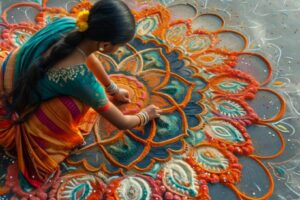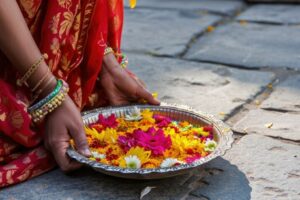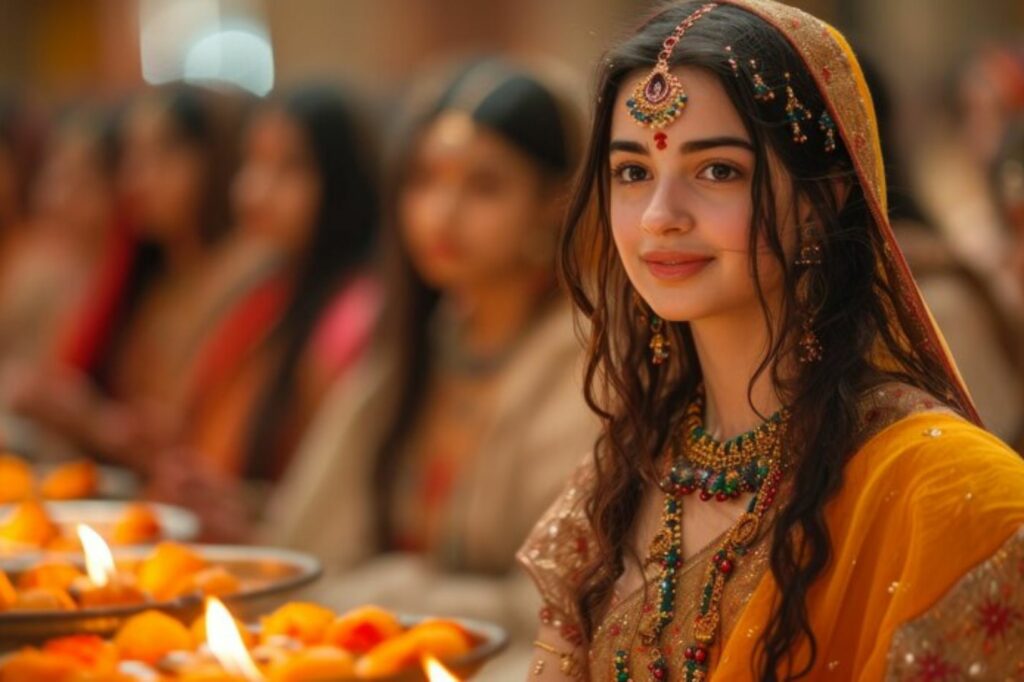Bengali culture, with its rich tapestry of traditions, art, and cuisine, captivates the imagination of anyone who delves into it. Rooted in the eastern part of the Indian subcontinent, this culture is renowned for its vibrant festivals, classical music, and literary heritage. From the poetic genius of Rabindranath Tagore to the intricate designs of traditional saris, Bengal offers a unique blend of the old and the new.
At the heart of Bengali culture lies a deep appreciation for intellectual pursuits and artistic expression. The region boasts a remarkable history of literature, art, and theater, making it a hub for cultural enthusiasts. Bengali cuisine, with its delectable flavors and unique dishes, further adds to the allure, inviting food lovers to explore its diverse palate.
Bengali Culture Essay
Bengali culture, with its profound depth and richness, reflects a fusion of historical influences and geographic diversity. This section delves into the historical background and geographic factors shaping its unique cultural landscape.
Historical Background

Bengali culture has evolved over centuries through the confluence of diverse civilizations. Ancient Bengal was part of the Indian subcontinent’s flourishing trade routes, creating a melting pot of languages and religions. Influences from Buddhist and Hindu dynasties, such as the Mauryas and Guptas, shaped early cultural foundations, introducing scripts and architectural styles.
Geographic Influence
Geography plays a vital role in Bengali culture. The region’s fertile plains, enriched by the Ganges-Brahmaputra Delta, fostered agrarian traditions central to daily life and festivities. Its proximity to the Bay of Bengal facilitated cultural exchanges through trade with Southeast Asia. Climatic conditions also influenced local attire, with traditional garments like cotton saris and dhotis being practical and culturally significant in the humid environment.
Language and Literature
Bengali culture boasts a profound literary tradition, deeply interwoven with its linguistic identity. This rich literary heritage has shaped Bengal’s cultural and intellectual landscape.
Rich Literary Heritage

Bengali literature has a history spanning over 1,000 years, marked by illustrious writers and diverse genres. The literary scene was notably enriched by the contributions of Rabindranath Tagore, the first non-European Nobel laureate in Literature. His works, including “Gitanjali,” reflect the beauty and complexity of human emotions and have inspired countless authors. Another prominent figure, Bankim Chandra Chattopadhyay, crafted India’s national song, “Vande Mataram,” further embedding literature in cultural identity. The Baul poets’ folk songs and the mystical verses of Lalon add depth to this expansive literary tradition, emphasizing spirituality and human connection.
Contributions to World Literature
Bengali writers have made significant contributions to global literature, influencing various literary movements. Satyajit Ray, a renowned filmmaker and writer, introduced Bengali stories to a global audience through his films and detective novels like the Feluda series. Modern authors such as Jhumpa Lahiri, who won the Pulitzer Prize for “Interpreter of Maladies,” continue to win acclaim internationally, weaving narratives that explore the Bengali diaspora experience. The translated works of Bengali authors enable a broader audience to appreciate the profound themes and storytelling prowess intrinsic to Bengali literature.
Art and Craft
Bengali culture boasts a rich tradition of art and craft, reflecting its vibrant history and diverse influences. Artists in Bengal have long contributed to the unique tapestry of this culture through both traditional and modern forms.
Traditional Art Forms

Patachitra exemplifies one of Bengal’s traditional art forms, involving intricate scroll paintings depicting mythological narratives. Artisans usually employ natural dyes on cloth to create these masterpieces. Terracotta pottery, another hallmark of Bengali art, showcases detailed figurines and temple decorations, especially in Bishnupur. The region’s distinctive textile art includes the famous Kantha embroidery, known for its intricate stitching patterns and vibrant motifs on fabrics.
Unique Customs and Traditions
Bengali culture stands as a testament to the harmonious blend of tradition and modernity, deeply rooted in its rich history and diverse influences. Its vibrant festivals, profound literary contributions, and exquisite art forms highlight a culture that celebrates both intellectual and artistic pursuits. The unique culinary landscape, shaped by geography and history, offers a flavorful journey through time. Social structures and religious practices further underscore the community’s resilience and unity. Bengali culture continues to thrive, adapting and evolving while preserving its core values, making it a truly captivating and enduring cultural tapestry.

